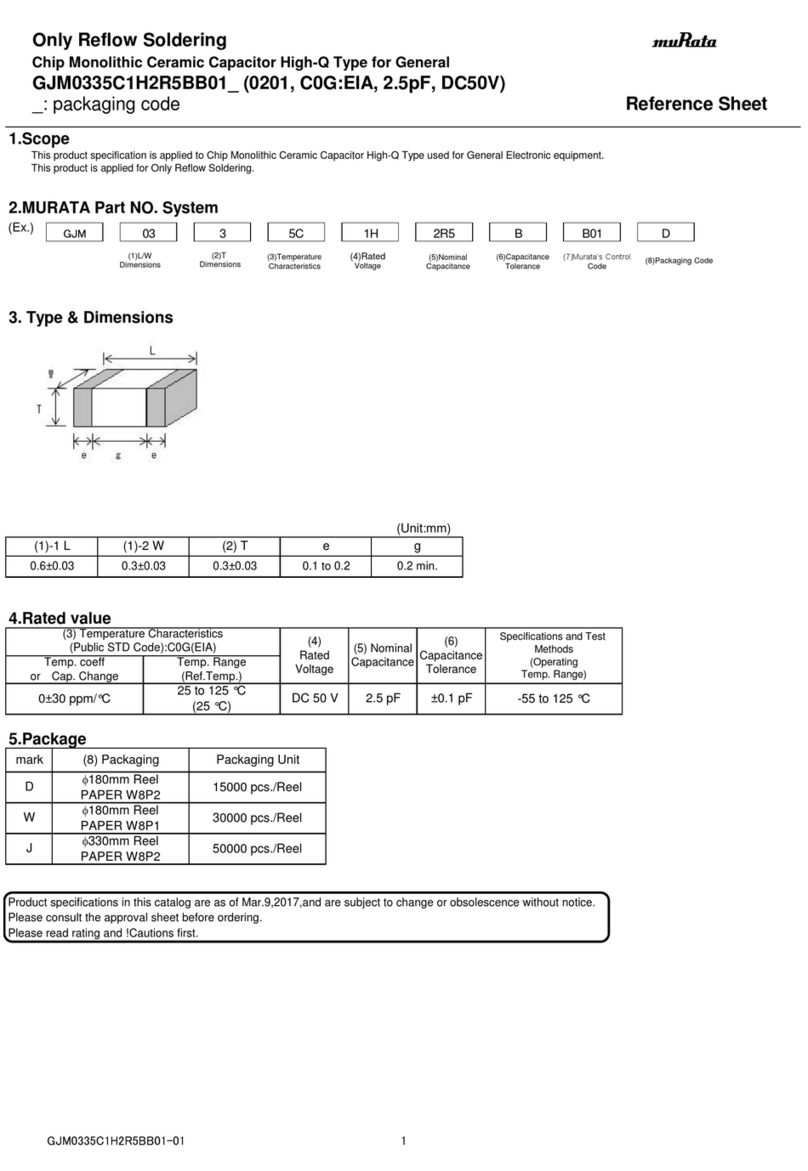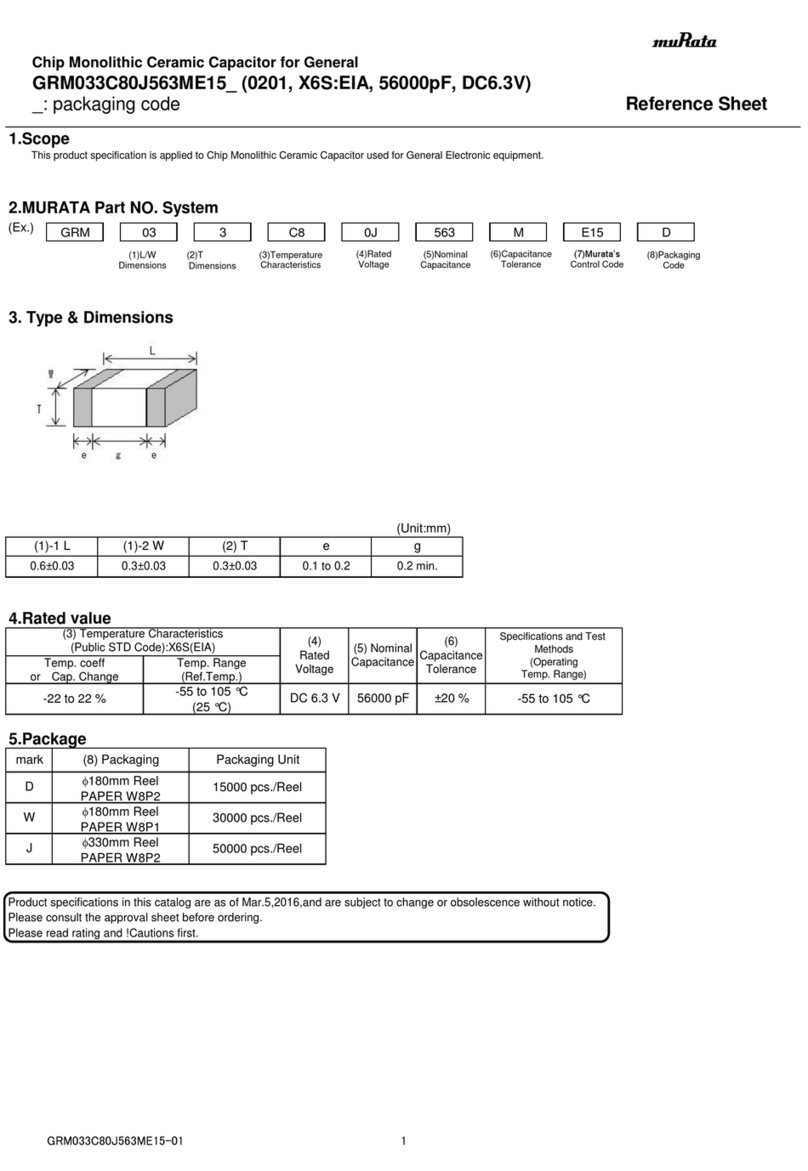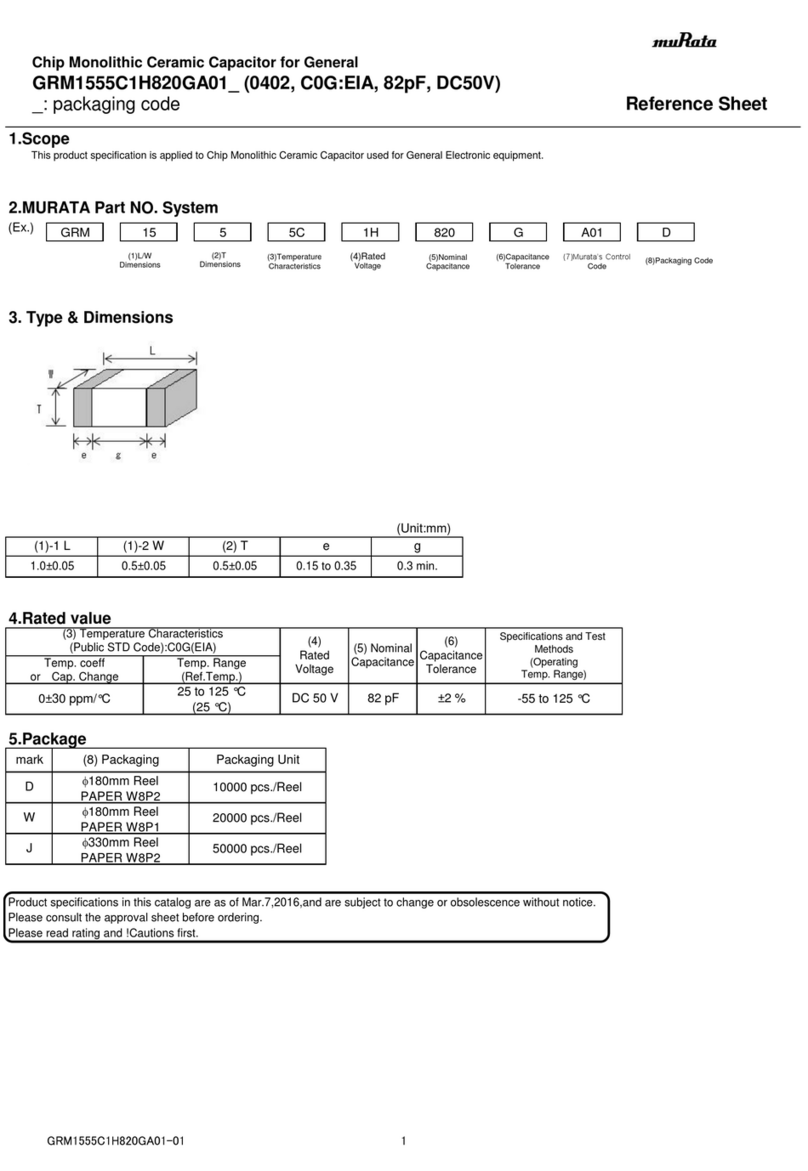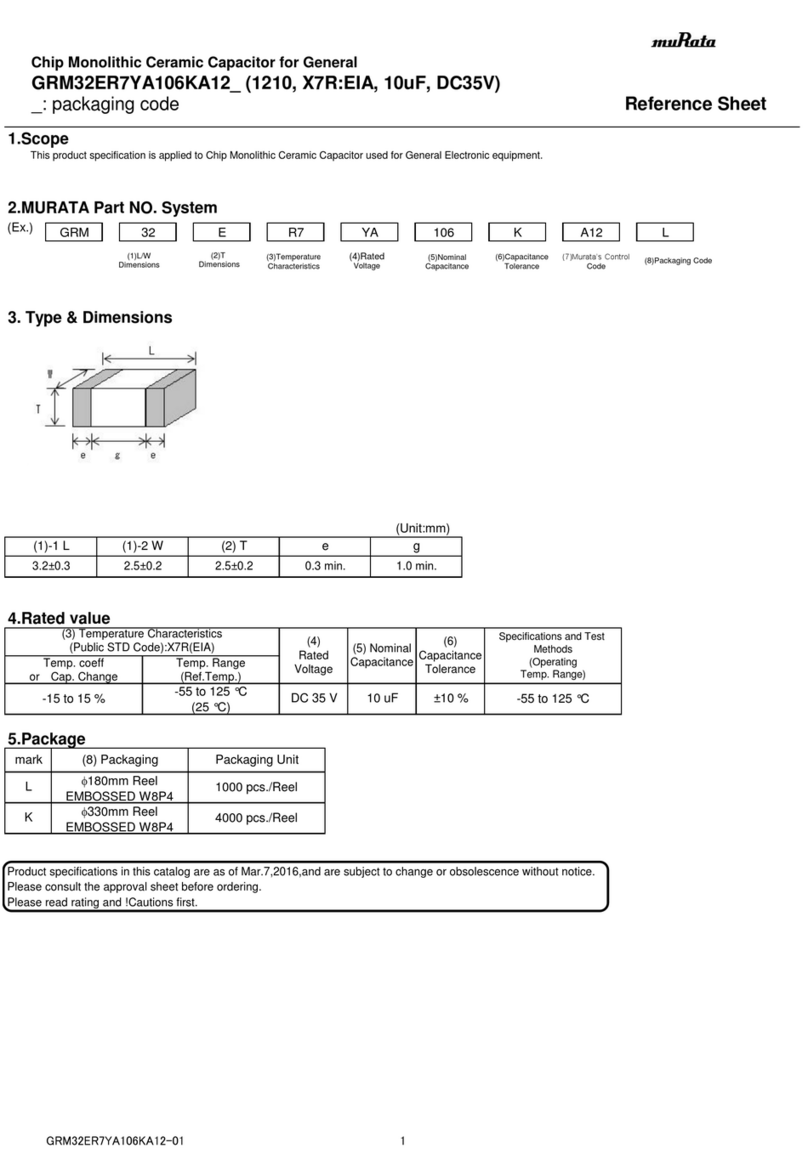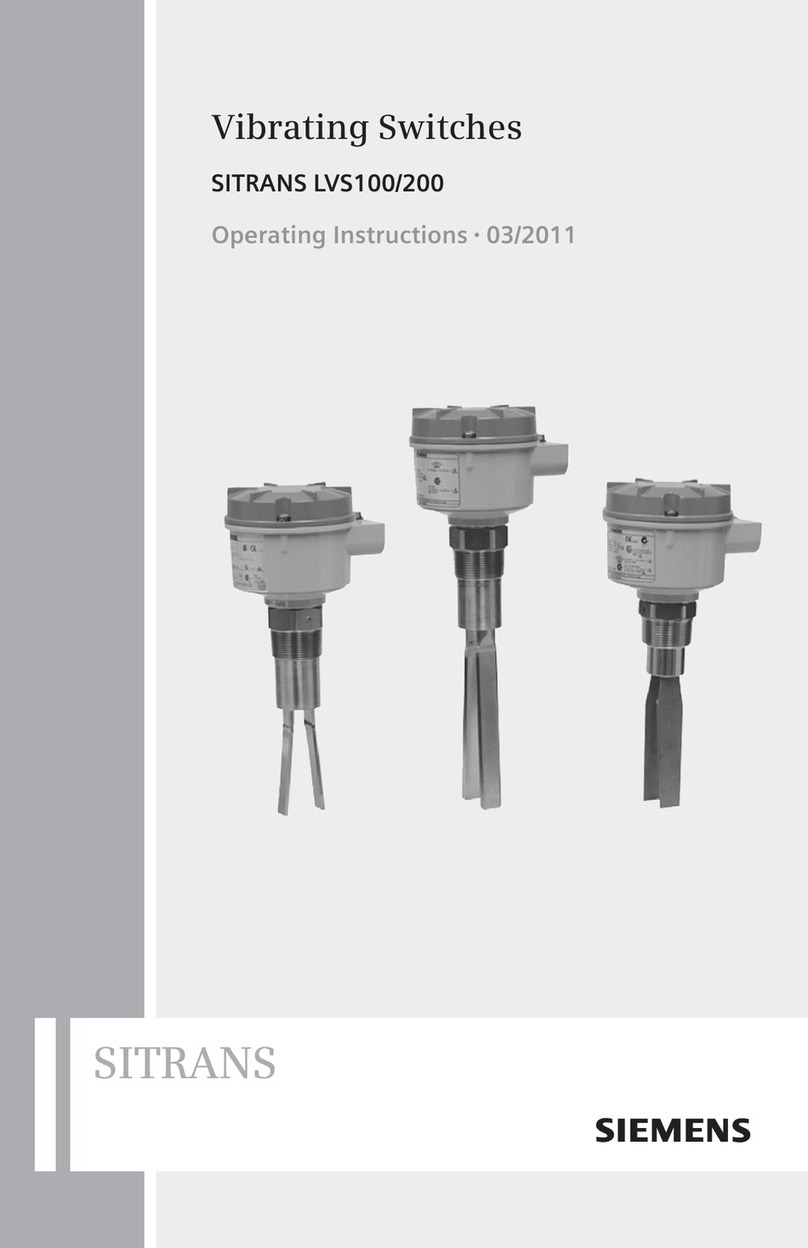Murata ZRB15XR61A106ME01 Series User manual
Other Murata Industrial Electrical manuals
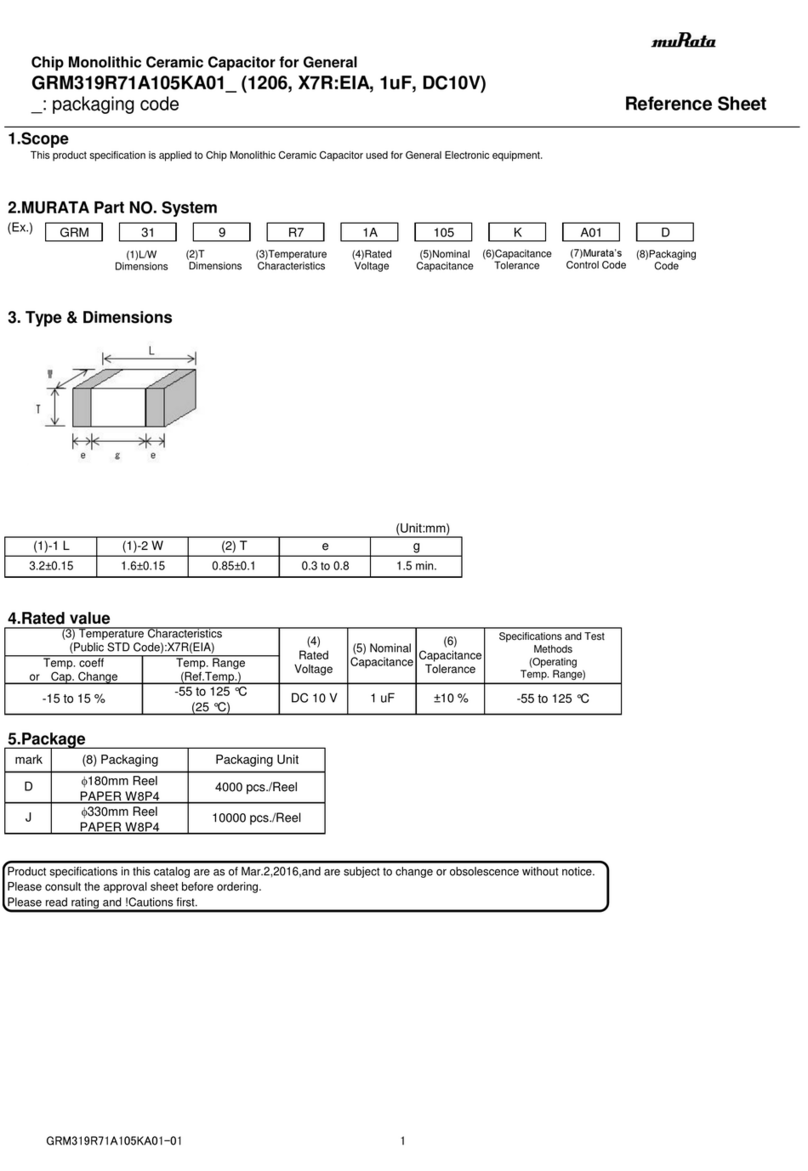
Murata
Murata GRM319R71A105KA01 Series User manual
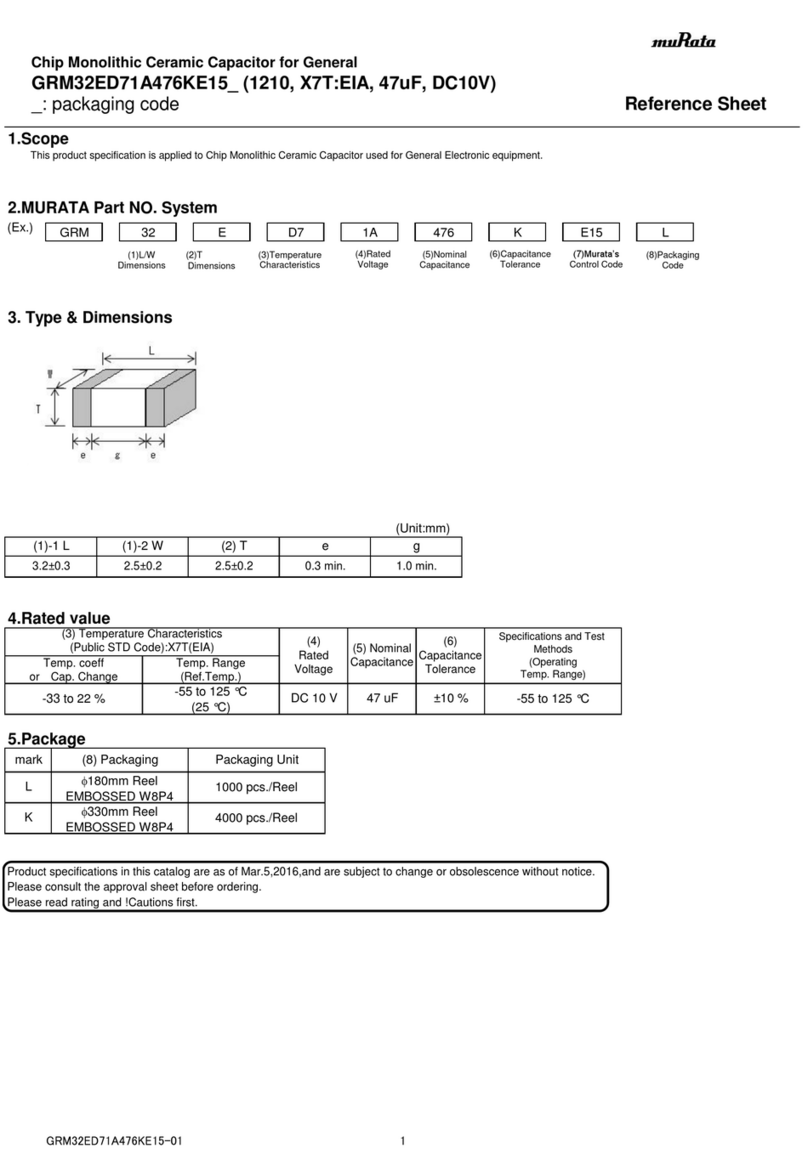
Murata
Murata GRM32ED71A476KE15 Series User manual
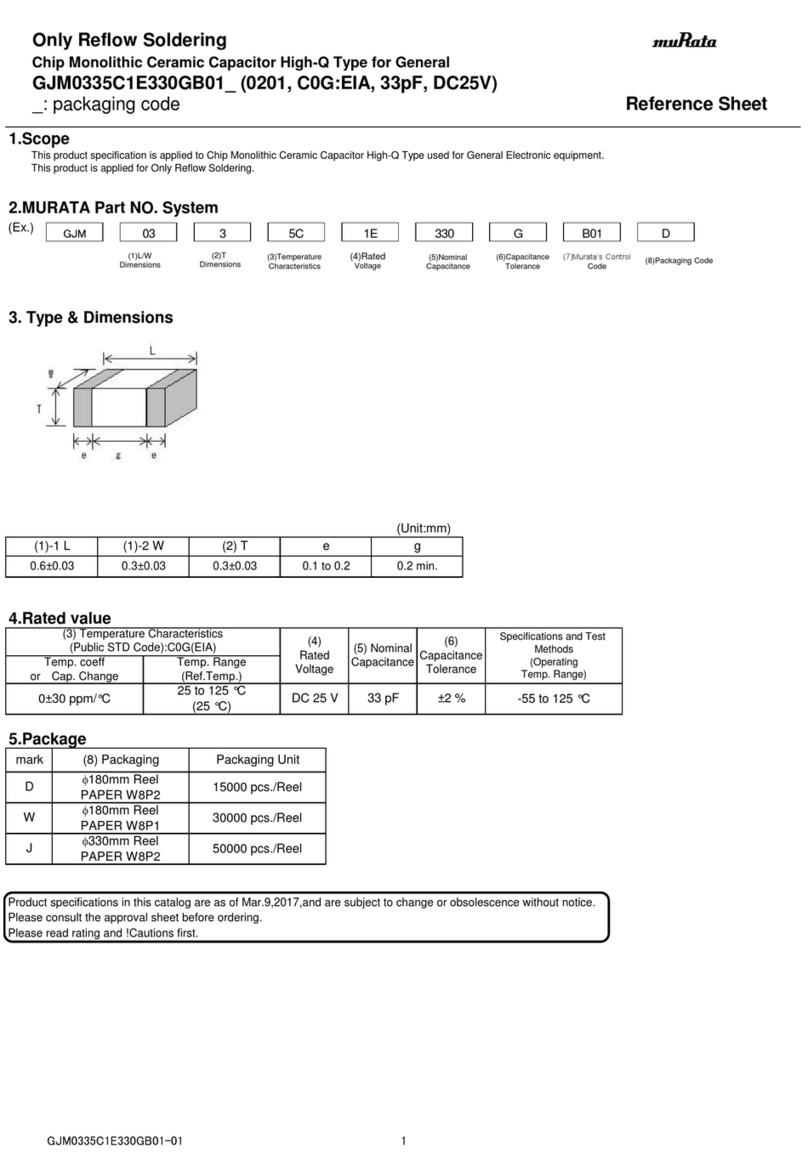
Murata
Murata GJM0335C1E330GB01 Series User manual

Murata
Murata GRM0335C1H7R8CA01 Series User manual
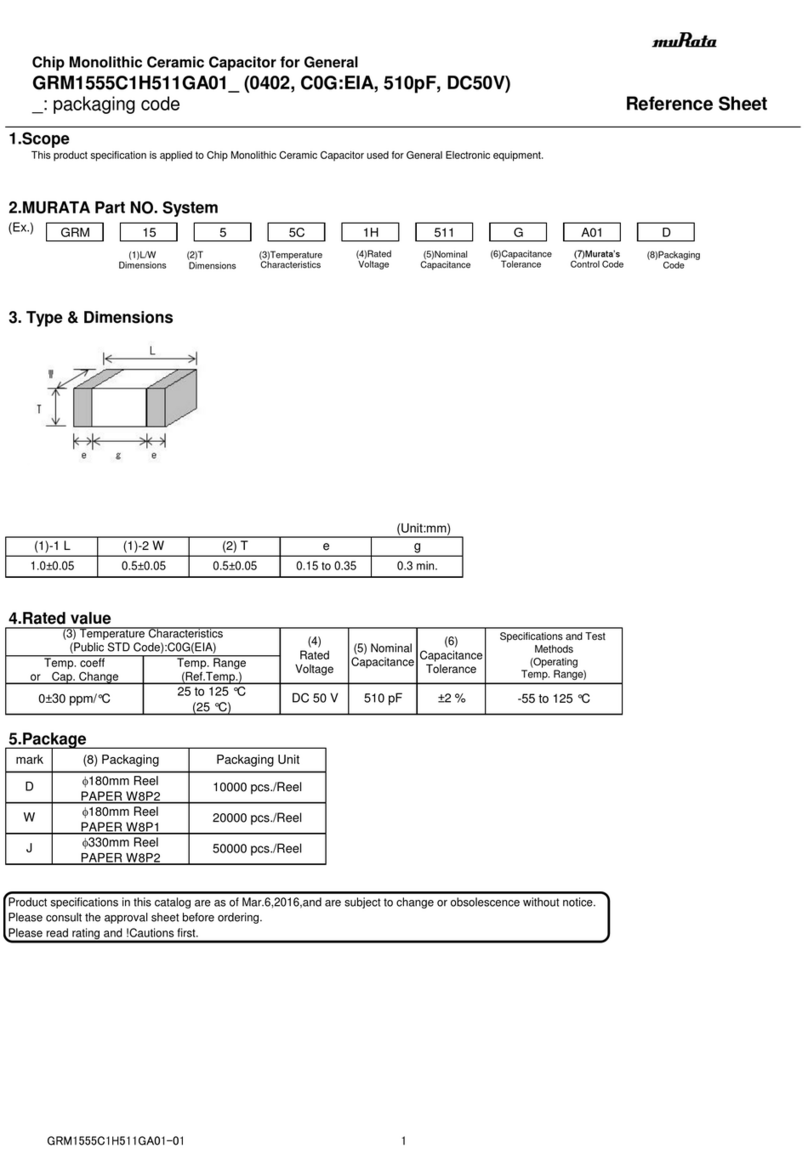
Murata
Murata GRM1555C1H511GA01 Series User manual
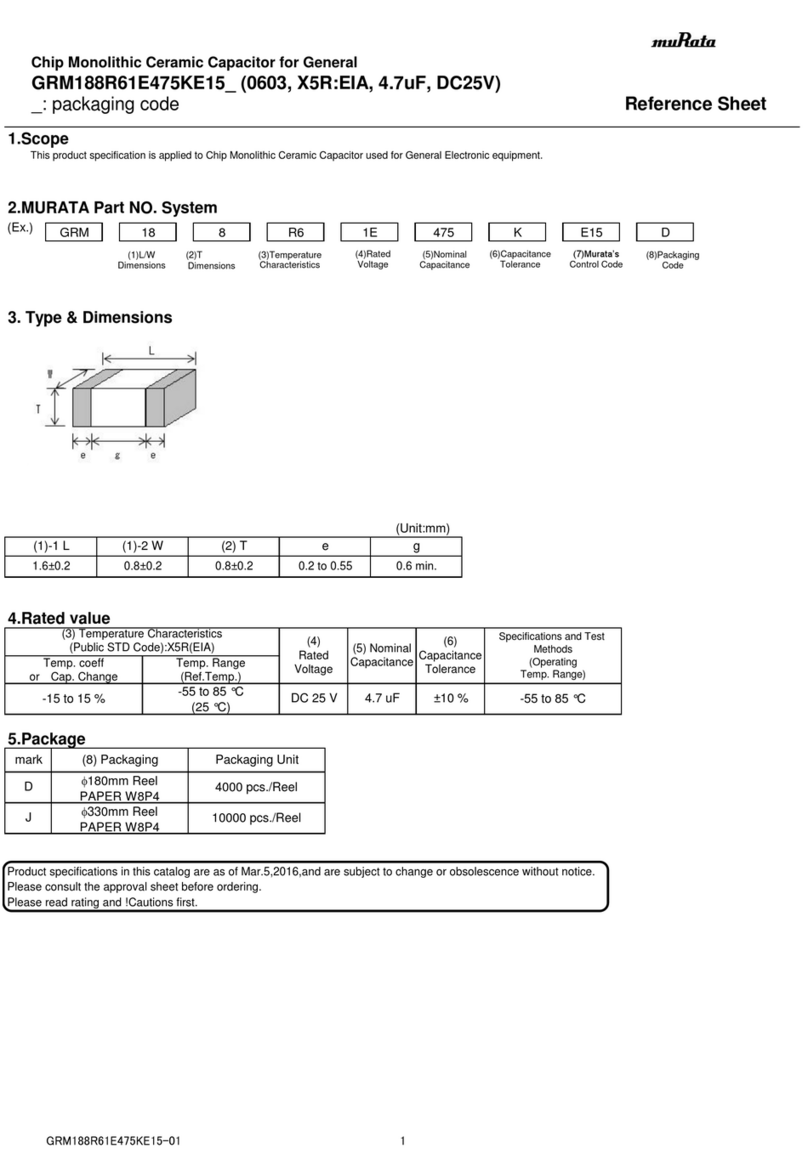
Murata
Murata GRM188R61E475KE15 Series User manual

Murata
Murata GRM0335C1H510JA01 Series User manual
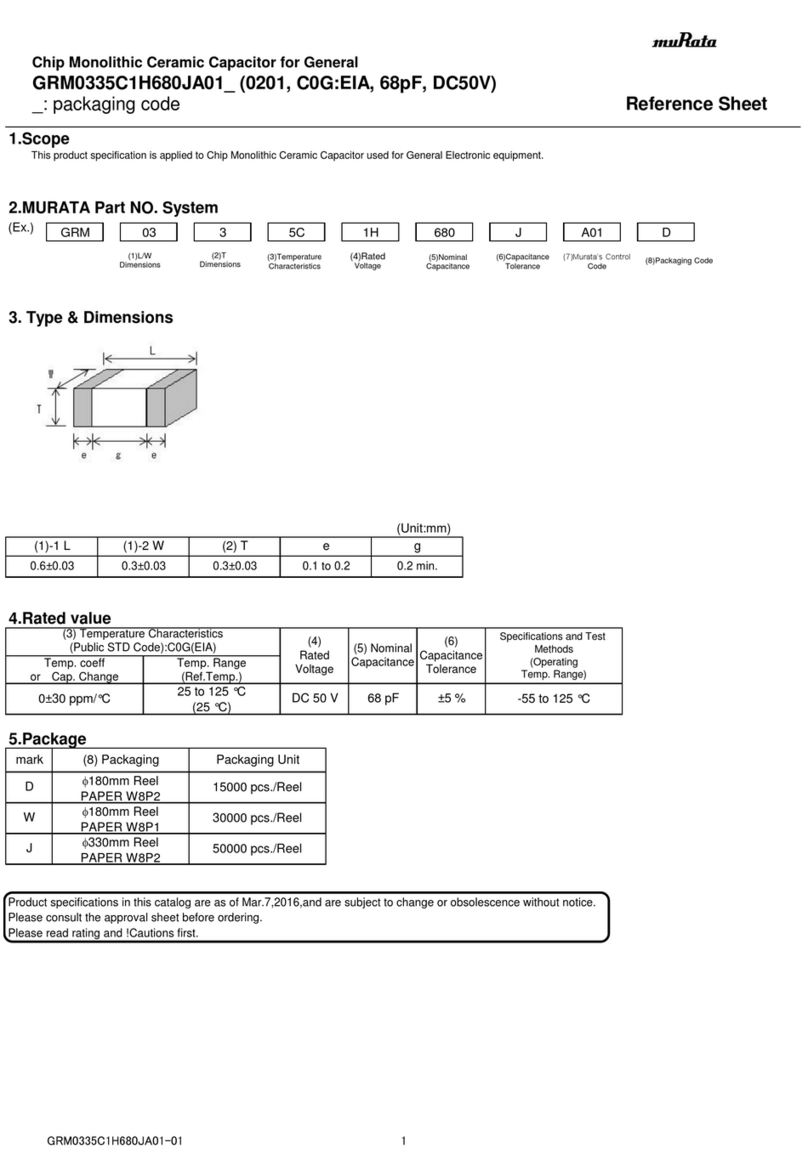
Murata
Murata GRM0335C1H680JA01 Series User manual
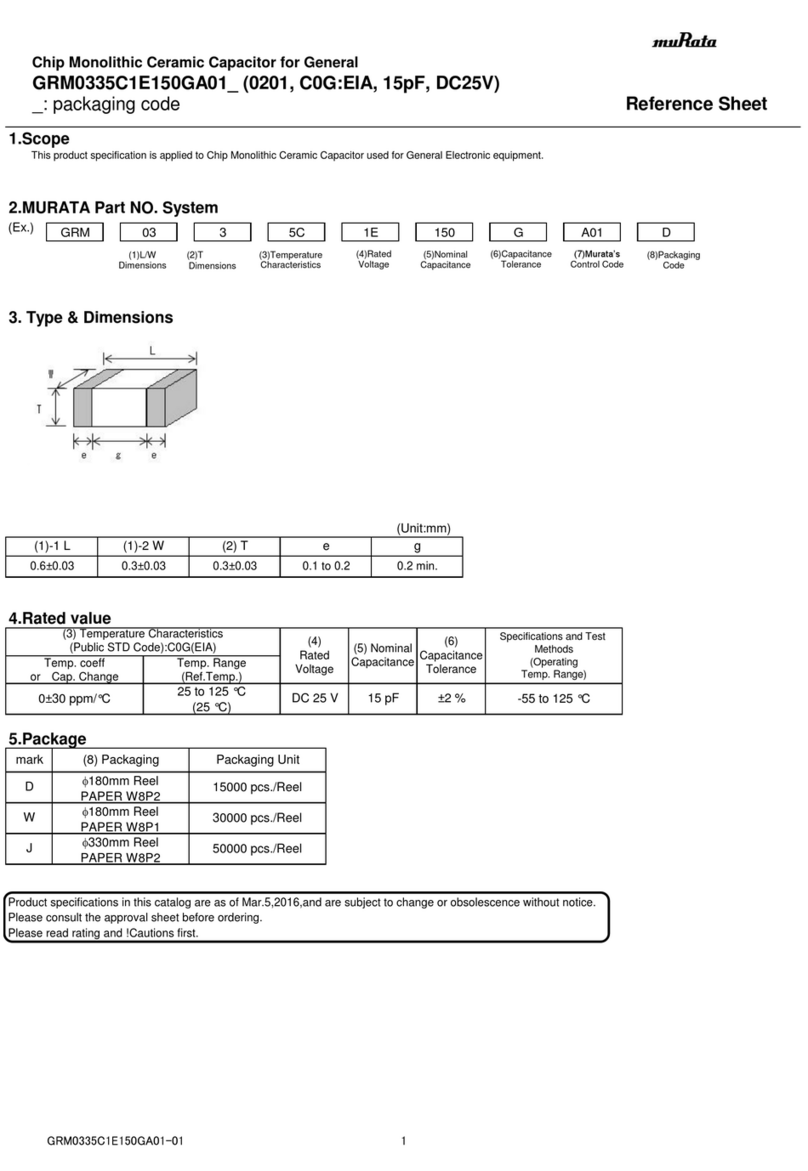
Murata
Murata GRM0335C1E150GA01 Series User manual
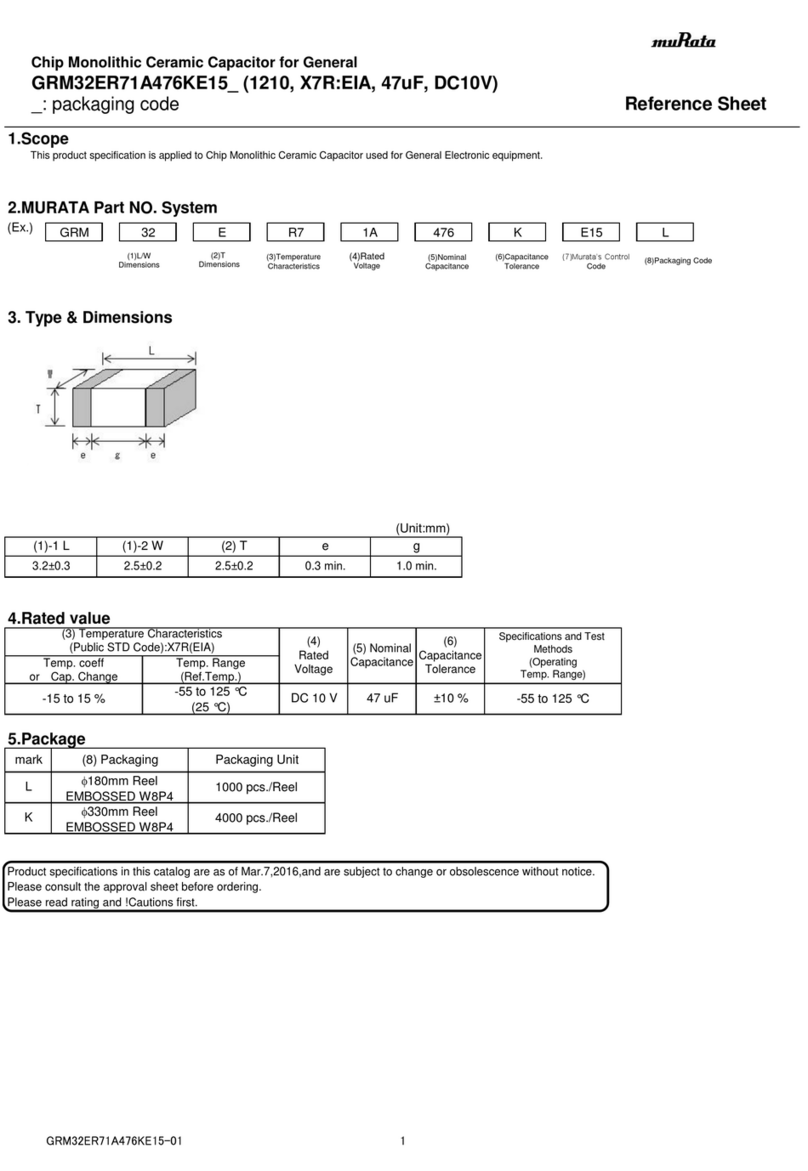
Murata
Murata GRM32ER71A476KE15 Series User manual
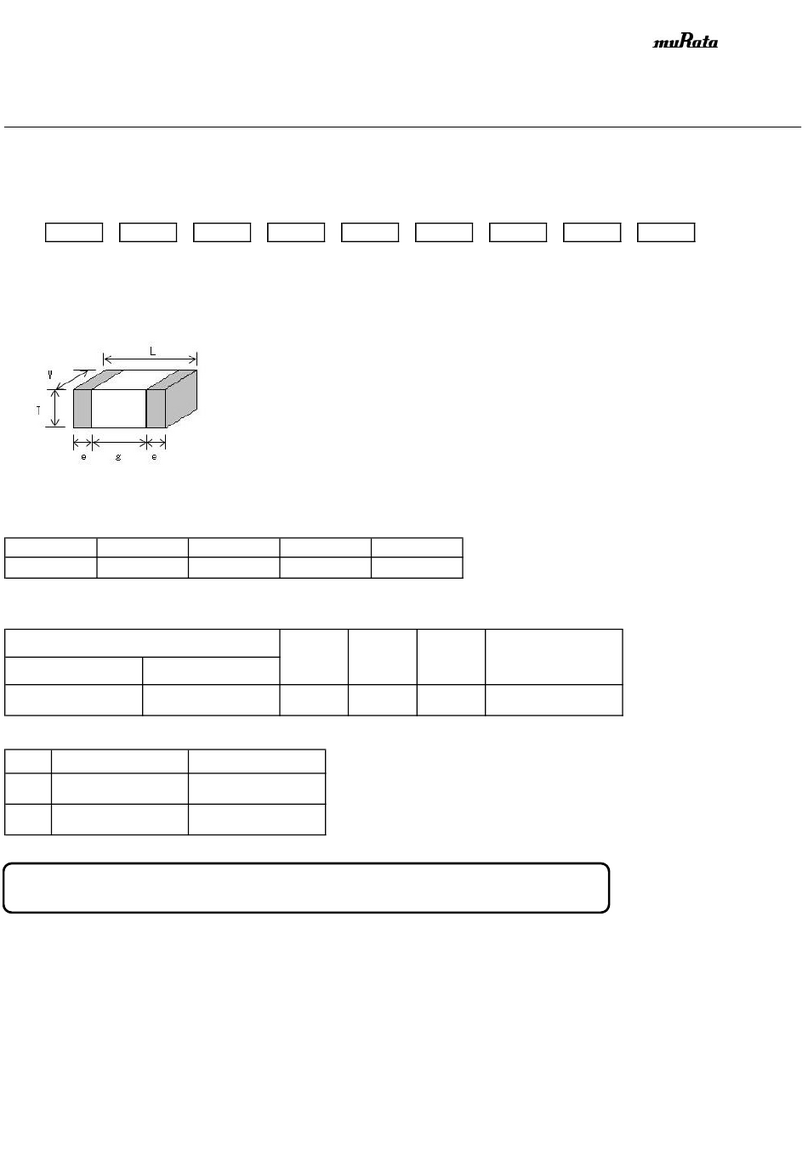
Murata
Murata GRM1885C1H7R0BA01 Series User manual
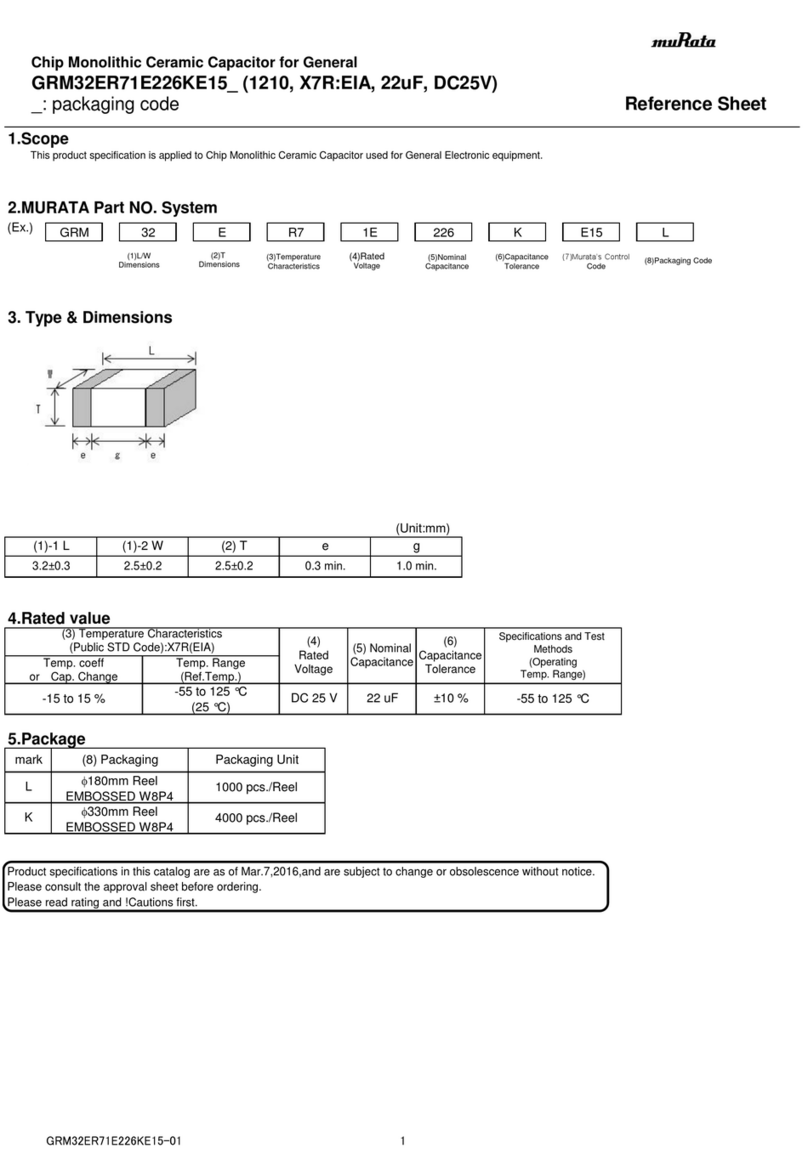
Murata
Murata GRM32ER71E226KE15 Series User manual
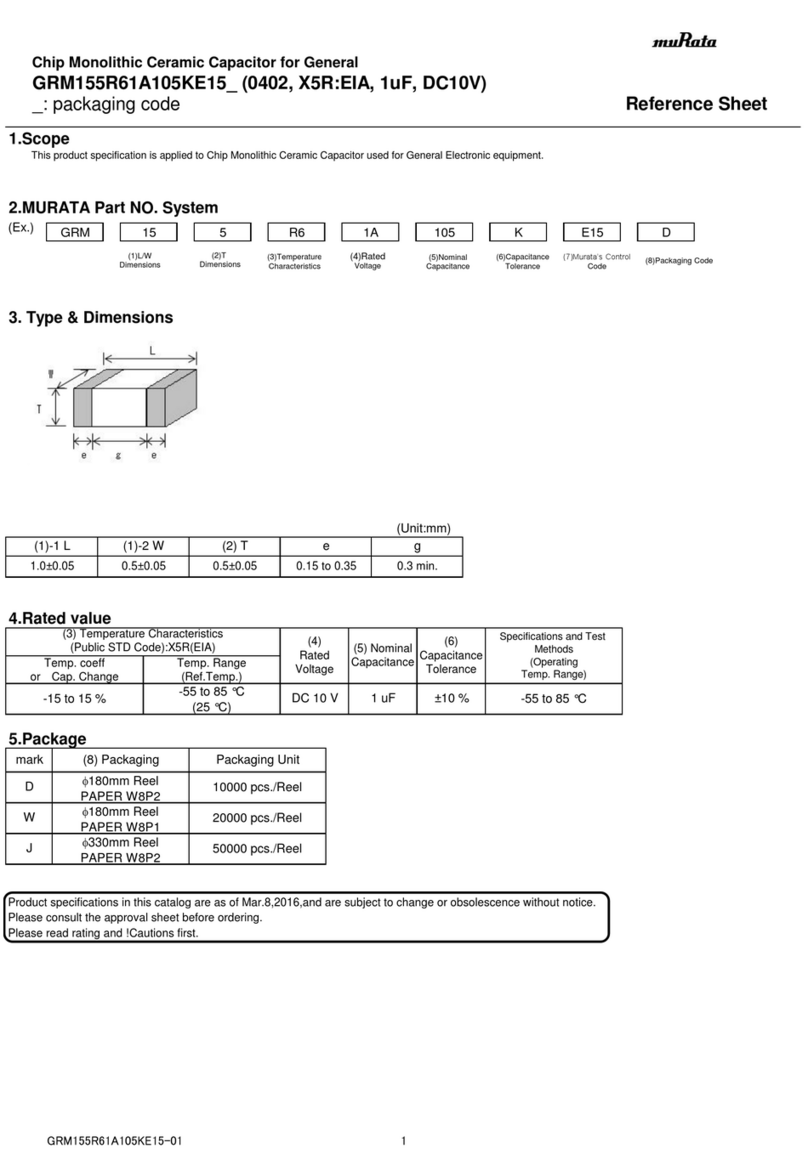
Murata
Murata GRM155R61A105KE15 Series User manual

Murata
Murata GCM2165C1H272JA16 Series User manual
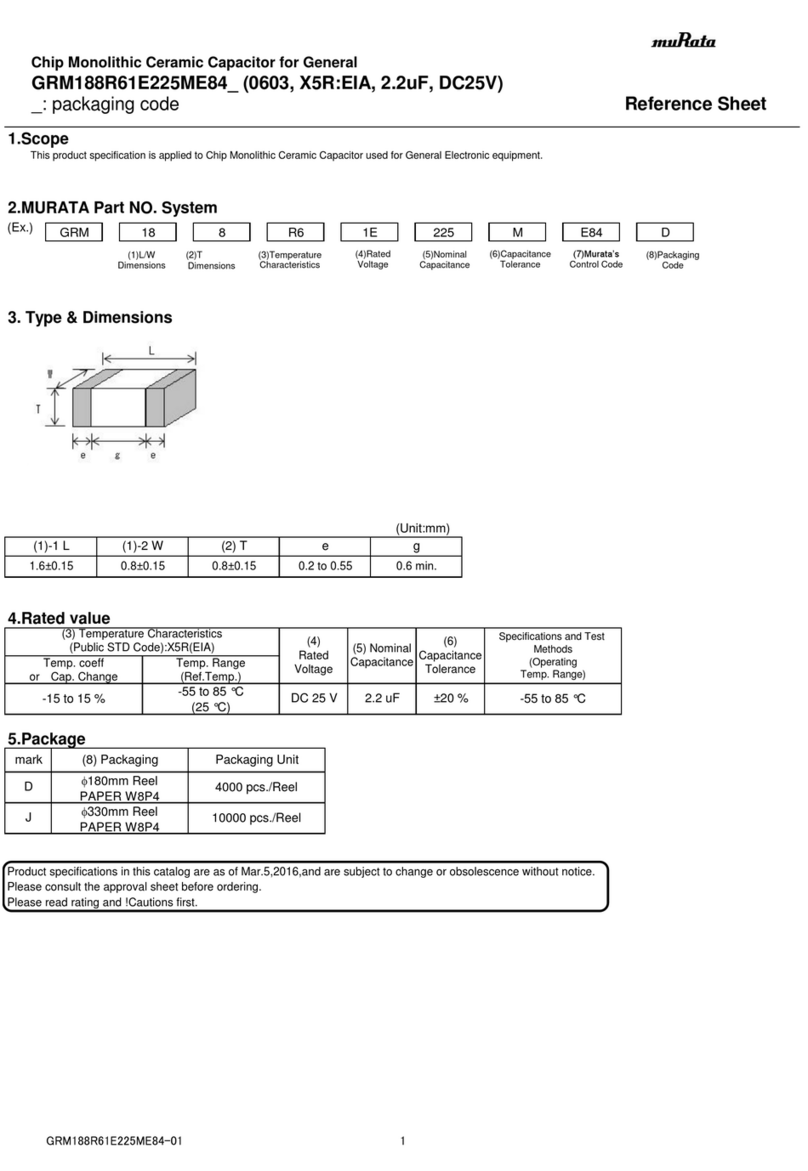
Murata
Murata GRM188R61E225ME84 Series User manual
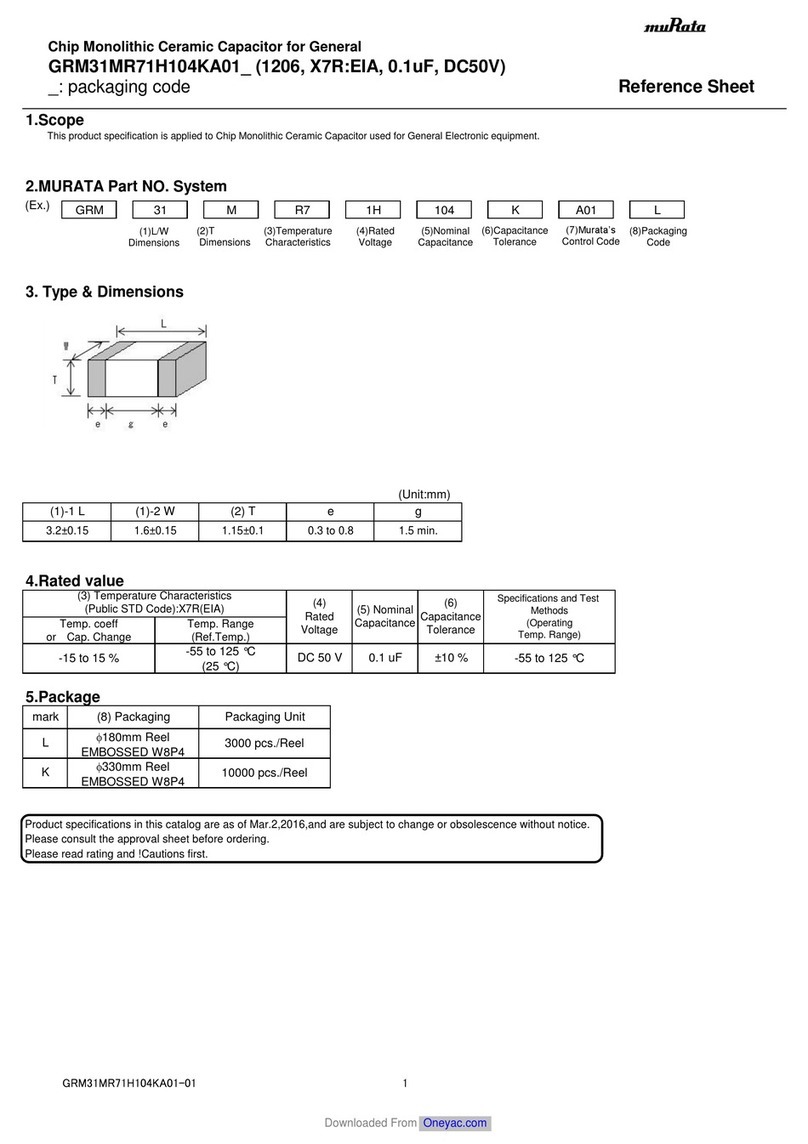
Murata
Murata GRM31MR71H104KA01 Series User manual
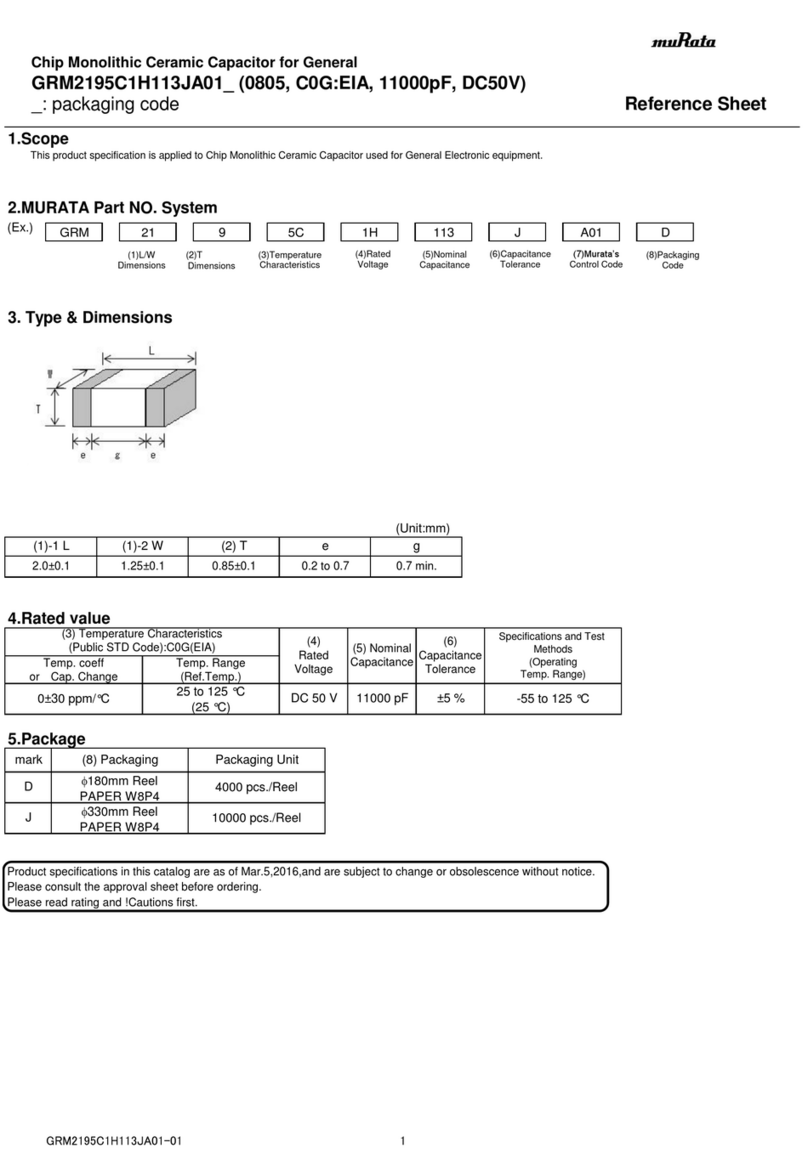
Murata
Murata GRM2195C1H113JA01 Series User manual

Murata
Murata GRM0335C1H1R0CA01 Series User manual
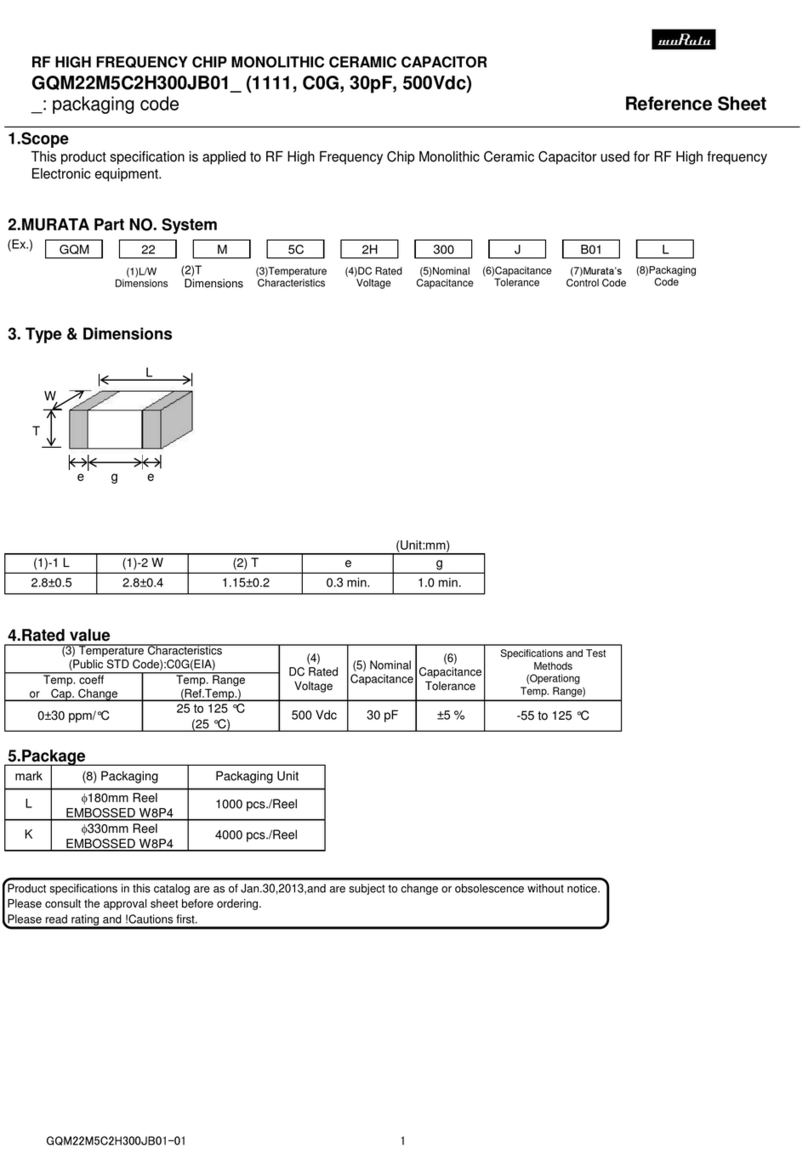
Murata
Murata GQM22M5C2H300JB01 Series User manual
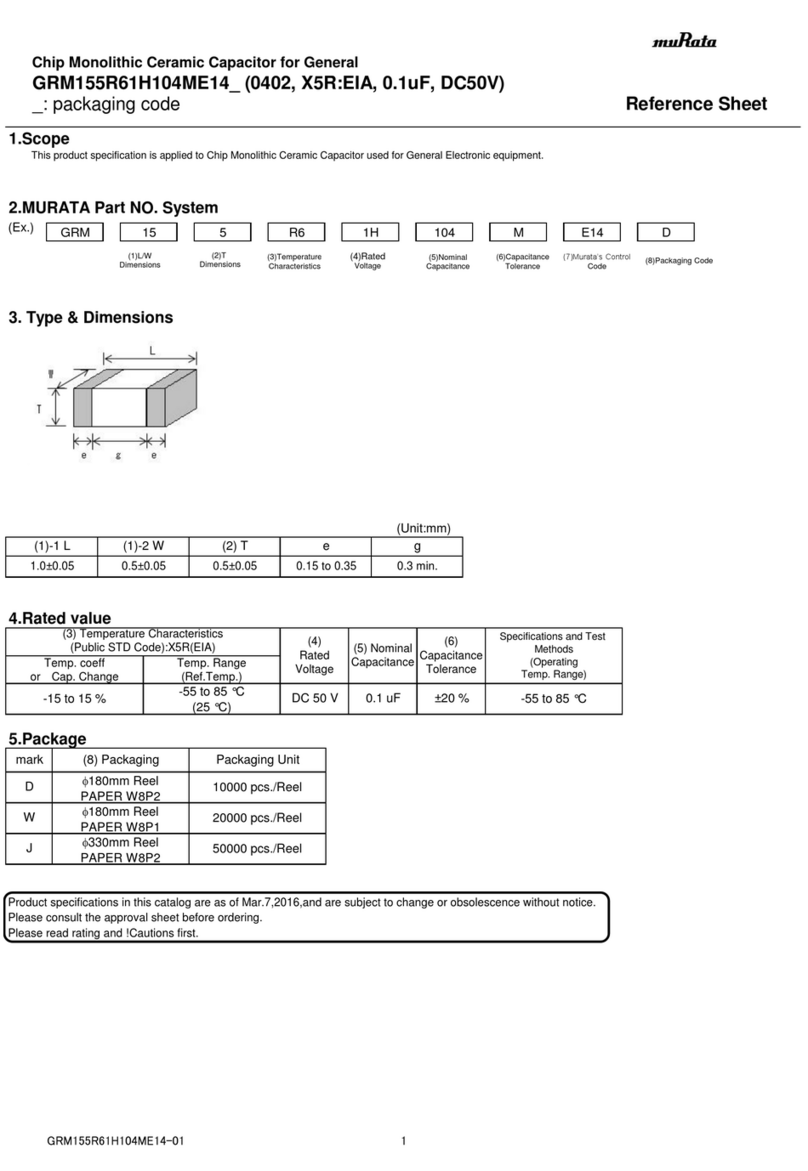
Murata
Murata GRM155R61H104ME14 Series User manual
Popular Industrial Electrical manuals by other brands

ARCAIR
ARCAIR N6000 Automatic System Safety and operating instructions

MFJ
MFJ MFJ-918 quick start guide

Abtech
Abtech HVJB Series Installation, operation & maintenance instructions

SAF-HOLLAND
SAF-HOLLAND CBX 5415.5 Installation and operation manual

Eaton
Eaton Ulusoy HMH24-04 user manual

Newlong
Newlong NP-7H NSTRUCTION MANUAL/PARTS LIST
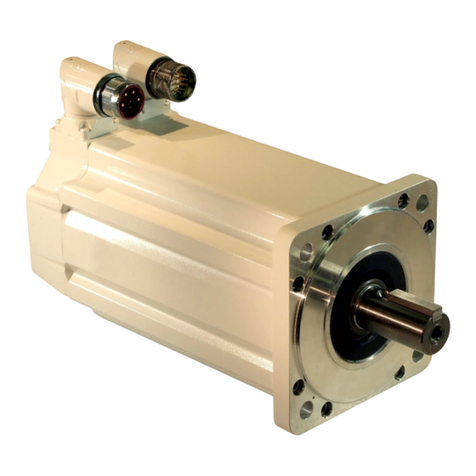
Rockwell Automation
Rockwell Automation Allen-Bradley MP-Series installation instructions
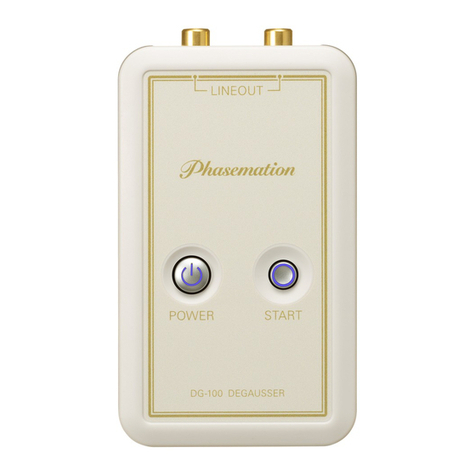
Phasemation
Phasemation DG-100 owner's manual
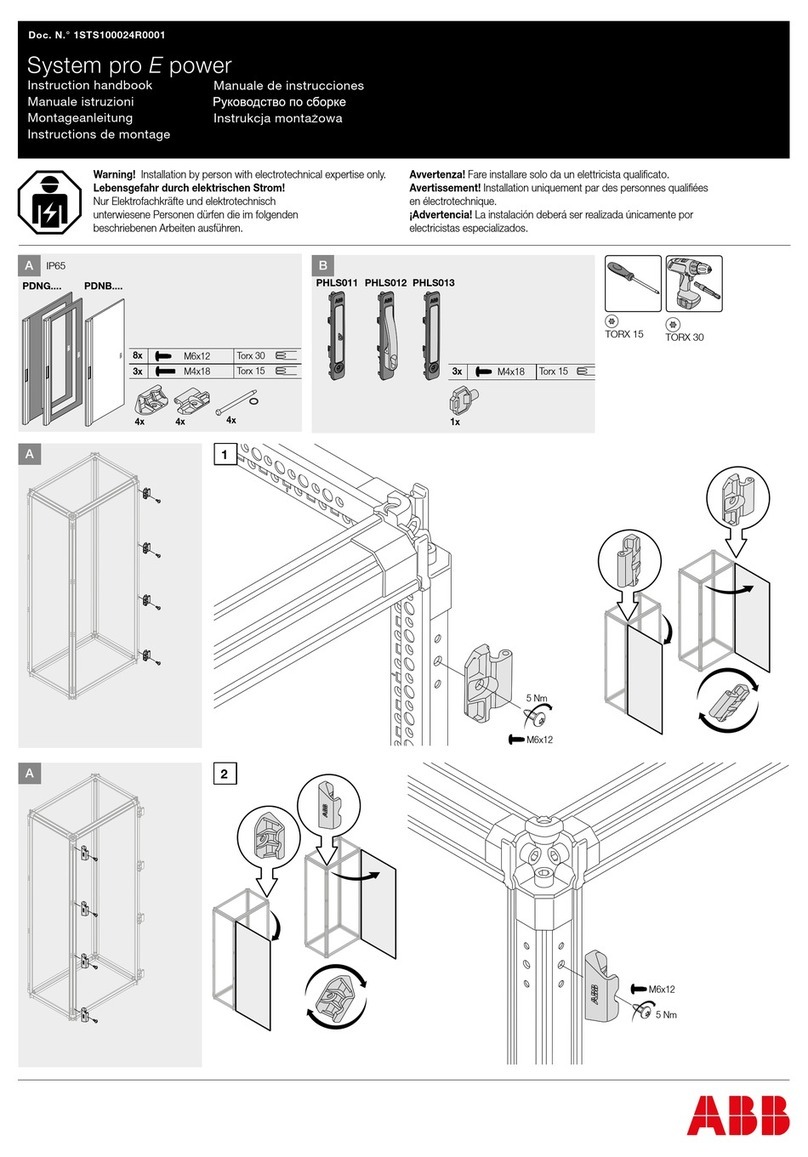
ABB
ABB System pro E power Instruction handbook
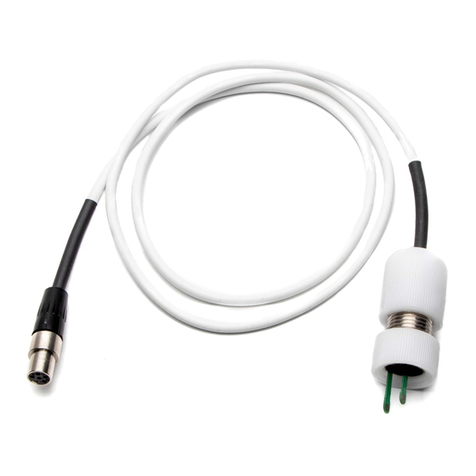
WPI
WPI STX2-PLUS instruction manual
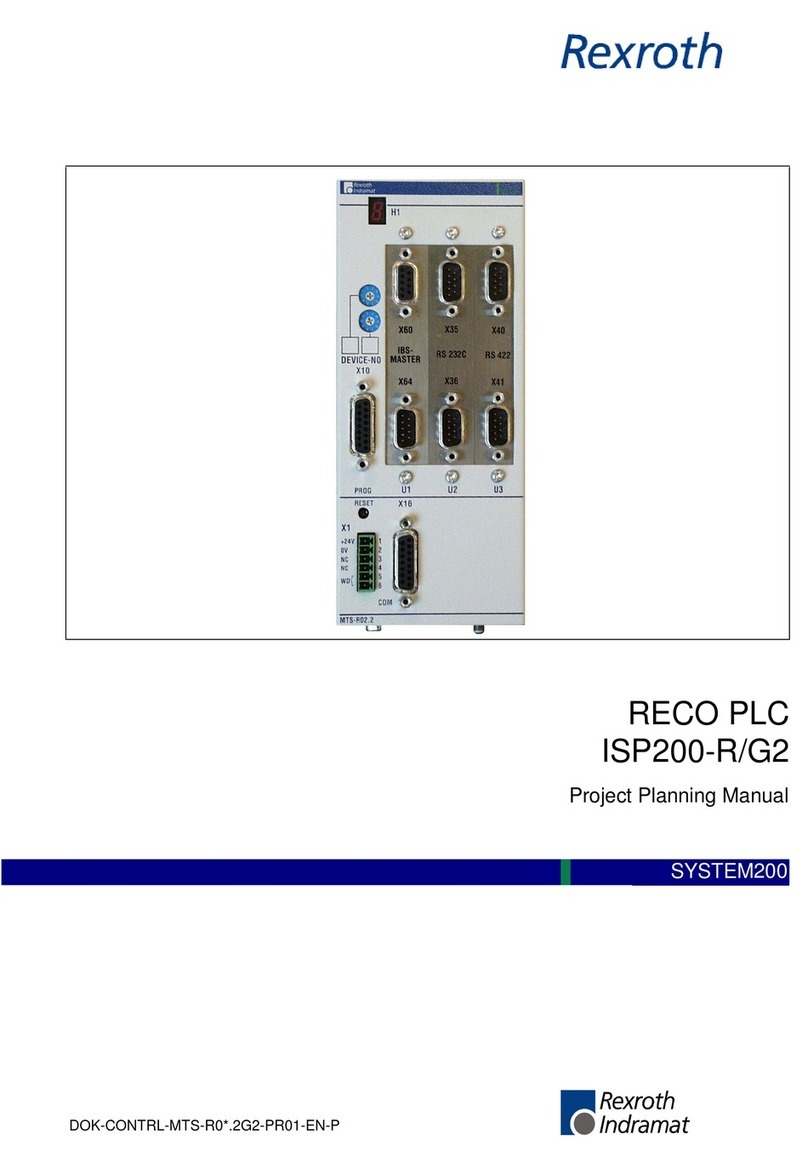
Rexroth Indramat
Rexroth Indramat DURADRIVE SYSTEM200 Project planning manual
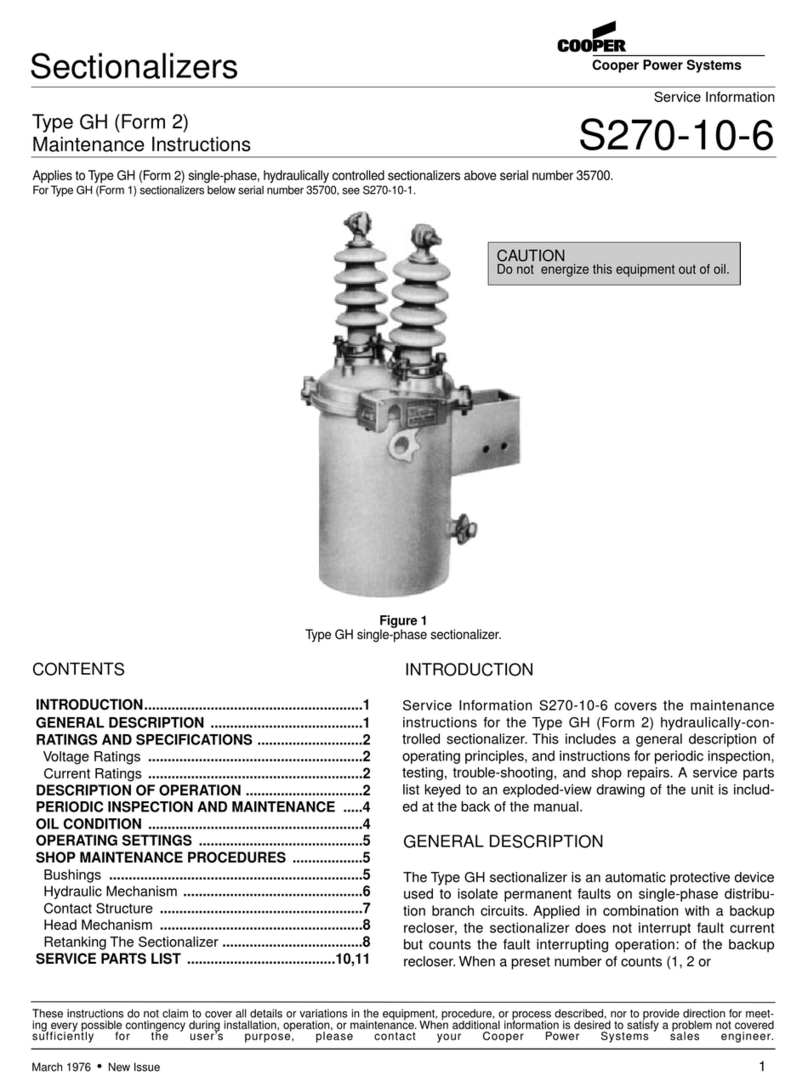
Cooper Power Systems
Cooper Power Systems GH Maintenance instructions
